The fruit of the Areca catechu palm tree, also known as the “Betel Nut”, contain the stimulant arecoline. Native to SE Asia, the nuts are ground and often combined with mineral lime and wrapped in the leaf of a Betel pepper plant, although they are sometimes consumed buccally (‘chewed’) alone. Notably, frequent use can stain teeth black and its daily use is associated with increased risk of mouth cancers. Variants of the betel and lime combination are extremely common in many Asian cultures and have a long history of human use.
Betel Nuts
Betel nut; Paans (the combination of Betel leaves, lime, & Areca catechu)
Categories: Agro Products, Nuts
Related products
Barley
Pearl barley is by far the most popular form of barley in the United States. Extensive processing removes the two outer hulls along with the bran layer resulting in uniformly-sized, ivory grains with very little fiber. This processing makes it less chewy to the bite, but it also removes a vast majority of the barley’s inherent nutrition. Its flavor is mild and nutty, and it cooks in 30 to 45 minutes.
Maize
MOISTURE: 13 % MAX.
PROTEIN : 9.0 % MIN
PURITY : 98 % MIN
BROKEN : 2 % MAX
DAMAGE : 6 % MAX.
COVERED GRAIN: 2 % MAX.
ASH: 1.57 % MAX.
FAT : 5 % MAX.
AFLATOXIN: 20 PPB MAX.
CONTAMINANTS RESIDUE: NIL
Kindly contacts us for more detailed specifications, price, packaging, lead time, minimum order and trading terms.
azuki bean
Mustard seeds
Beans
Lin seeds
Rape seed
Rapeseed, botanically brassica napus, is a flowering member of the family Brassicaceae. It is also known by the names of rape, oilseed rape, rapa, rapaseed and canola. Its name is originated from the Latin word for turnip, rāpum or rāpa, and is first recorded in English at the end of the 14th century. This bright yellow flowering plant is widely cultivated in Canada, the United States, Australia, China, India and European countries for the production of animal feed, vegetable oil for human consumption, and biodiesel.
Peanut
Peanuts are not actually nuts. They are legumes, which makes them a relative to beans, peas and lentils. The flavor of a raw peanut is unlike the flavor of any other nut. Peanuts have a distinctive blend of earthiness and a tangy sharpness. Their slightly soft texture makes them a nice addition to salads, baked goods, soups and main dishes.

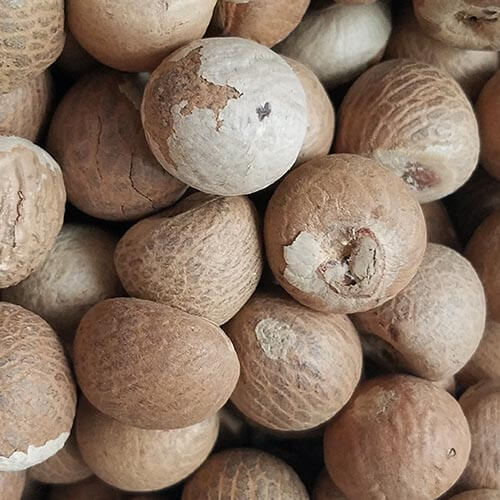
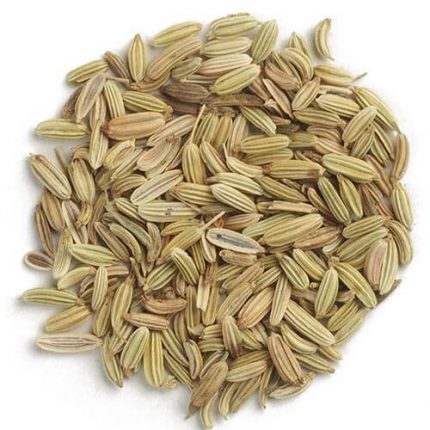
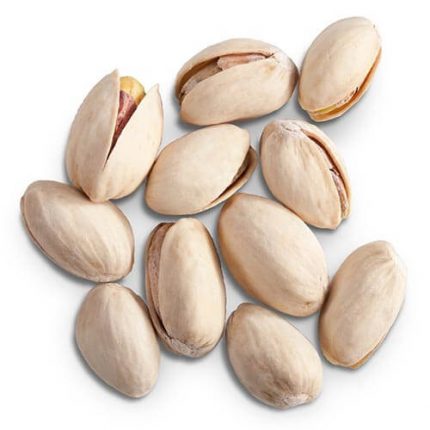
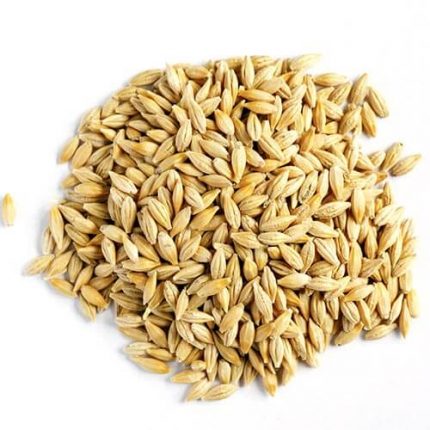
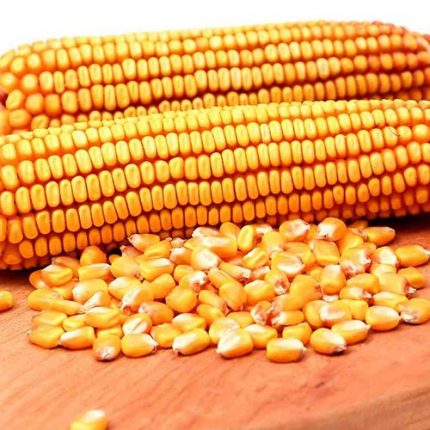


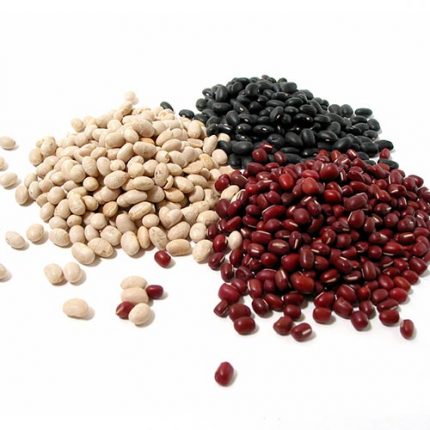
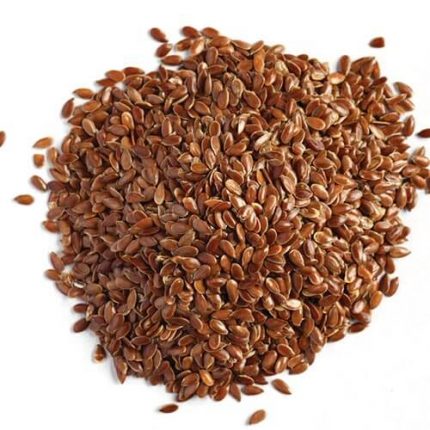
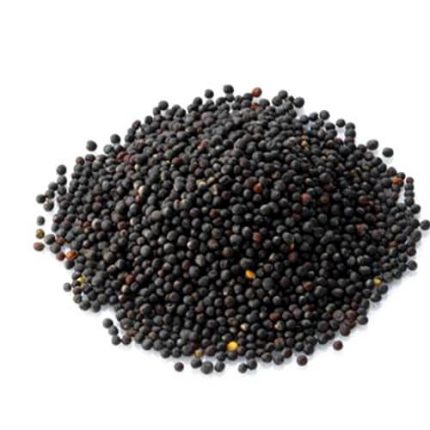
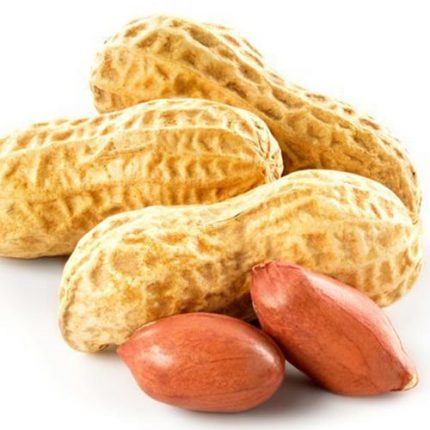
Reviews
There are no reviews yet.